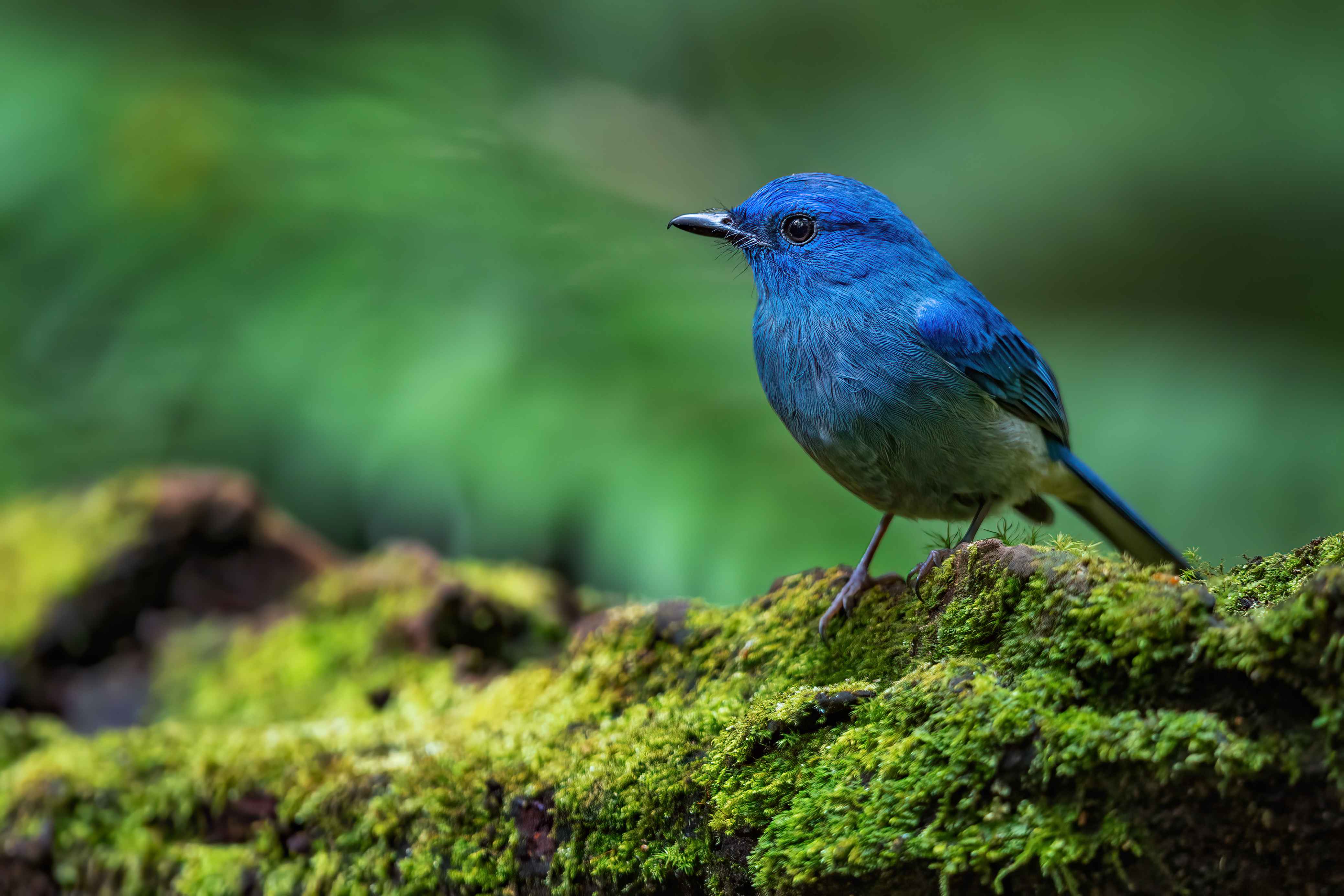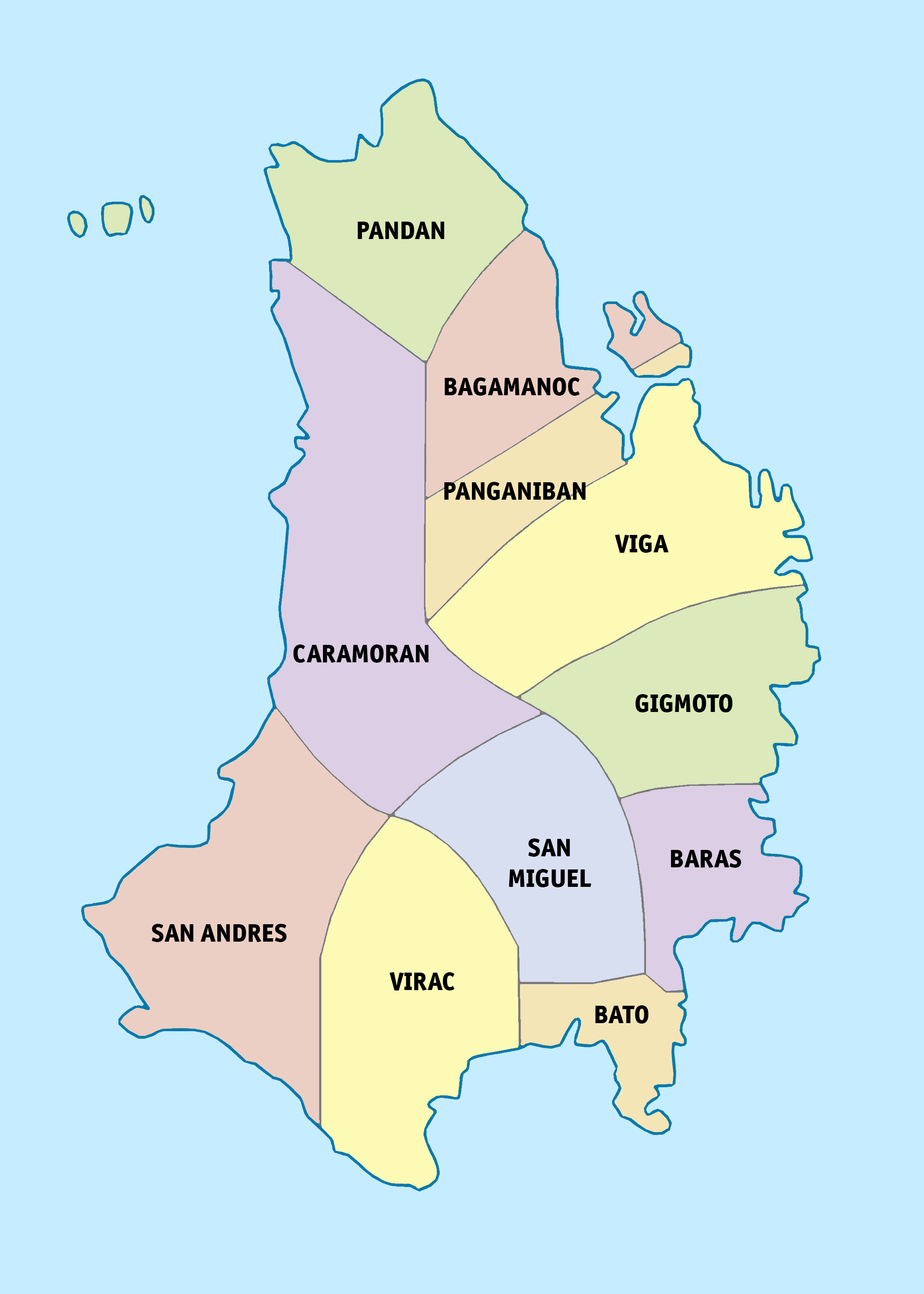|
Cyornis Ruckii
''Cyornis'' is a genus of birds in the Old World flycatcher family Muscicapidae most of which are native to Southeast Asia. Taxonomy The genus ''Cyornis'' was introduced by the English zoologist Edward Blyth in 1843. He listed three species in the genus but did not specify which he considered to be the type species. The type was subsequently designated by George Robert Gray, George Gray in 1855 as ''Phoenicura rubeculoides'' Nicholas Aylward Vigors, Vigors, 1831, the blue-throated blue flycatcher. The genus name combines the Ancient Greek ''kuanos'' meaning "dark-blue" with ''ornis'' meaning "bird". Species The genus contains the following 32 species: Seven of the above species, all with "jungle flycatcher" in their English names, were previously placed in the genus ''Rhinomyias'' but were moved to ''Cyornis'' based on the results of a 2010 molecular phylogenetic study. There are also "jungle flycatchers" in the genus ''Vauriella''. References Further reading * Del Hoy ... [...More Info...] [...Related Items...] OR: [Wikipedia] [Google] [Baidu] |
Blue-throated Blue Flycatcher
The blue-throated blue flycatcher (''Cyornis rubeculoides'') is a small passerine bird in the flycatcher family, Muscicapidae. It resembles ''Cyornis tickelliae'' but easily separated by the blue throat. The habitat of this species is a thicker forest than other species of flycatchers. The blue-throated flycatcher is found in much of the Indian Subcontinent, all through the Himalayas, the plains and Western Ghats of India in the cold months, and also extends eastwards into Bangladesh, and to Arakan and the Tenasserim Hills in Myanmar. Description Adult males have blue throats and orange breasts with a well defined white belly and flanks. Females have an olive head and upperparts with a poorly defined creamy-orange chest and a white belly. Gallery File:Blue throated flycatcher thattekadu.jpg, Male ''Cyornis rubeculoides rubeculoides'' from Thattekad Bird Sanctuary, Kerala, India. File:Blue-throated Blue Flycatcher, Cyornis rubeculoides - Kaeng Krachan National Park.webm, Bl ... [...More Info...] [...Related Items...] OR: [Wikipedia] [Google] [Baidu] |
Bornean Blue Flycatcher
The Bornean blue flycatcher (''Cyornis superbus'') is a species of bird in the family Muscicapidae. It is found in Brunei, Indonesia, and Malaysia, where it is endemic to the island of Borneo. Its natural habitat is subtropical or tropical moist montane forest Montane ecosystems are found on the slopes of mountains. The alpine climate in these regions strongly affects the ecosystem because temperatures lapse rate, fall as elevation increases, causing the ecosystem to stratify. This stratification is ...s. References * BirdLife International 2011 Cyornis Endemic birds of Borneo Birds described in 1925 Taxonomy articles created by Polbot {{Muscicapidae-stub ... [...More Info...] [...Related Items...] OR: [Wikipedia] [Google] [Baidu] |
Crocker Jungle Flycatcher
The Crocker jungle flycatcher (''Cyornis ruficrissa'') is a species of passerine bird in the Old World flycatcher family Muscicapidae. It is endemic to Borneo. Its natural habitat is subtropical or tropical moist montane forests. The Crocker jungle flycatcher was split from the rufous-tailed jungle flycatcher (''Cyornis ruficauda'') as distinct species by the IOC The International Olympic Committee (IOC; , CIO) is the international, non-governmental, sports governing body of the modern Olympic Games. Founded in 1894 by Pierre de Coubertin and Demetrios Vikelas, it is based in L ... in 2021. References Cyornis Birds described in 1887 Endemic birds of Borneo Taxa named by Richard Bowdler Sharpe {{Muscicapidae-stub ... [...More Info...] [...Related Items...] OR: [Wikipedia] [Google] [Baidu] |
Sulu Archipelago
The Sulu Archipelago ( Tausug: Kapū'-pūan sin Sūg Sulat Sūg: , ) is a chain of islands in the Pacific Ocean, in the southwestern Philippines. The archipelago forms the northern limit of the Celebes Sea and southern limit of the Sulu Sea. The Sulu Archipelago islands are within the Mindanao island group, consisting of the Philippines provinces of Basilan, Sulu, and Tawi-Tawi; hence the archipelago is sometimes referred to as Basulta, derived from the first syllables of the three provinces. The archipelago is not, as is often supposed, the remains of a land bridge between Borneo and the Philippines. Rather, it is the exposed edge of small submarine ridges produced by tectonic tilting of the sea bottom. Basilan, Jolo, Tawi-Tawi and other islands in the group are extinct volcanic cones rising from the southernmost ridge. Tawi-Tawi, the southernmost island of the group, has a serpentine basement-complex core with a limestone covering. This island chain is an important ... [...More Info...] [...Related Items...] OR: [Wikipedia] [Google] [Baidu] |
Sulu Jungle Flycatcher
The Sulu jungle flycatcher (''Cyornis ocularis'') is a species of passerine bird in the Old World flycatcher family Muscicapidae. It is endemic to the Sulu Archipelago. Its natural habitat is tropical moist montane forests. While it has yet to be assessed by the International Union for Conservation of Nature, this species is likely threatened by habitat loss. The Sulu jungle flycatcher was split from the rufous-tailed jungle flycatcher (''Cyornis rufocauda'') as distinct species by the IOC in 2021. Description and taxonomy EBird describes the Chestnut-tailed jungle flycatcher species complex as "Drab, medium-sized flycatcher with a long slender bill. Ranges from the southern Philippines to Borneo. Appearance differs across its range, but always look for a warm rufous tail, white throat, and diffusely brown-washed chest. Found in lowland and foothill forest in the Philippines, and in submontane and montane forest in Borneo. Makes forays from a low perch in the understory or fo ... [...More Info...] [...Related Items...] OR: [Wikipedia] [Google] [Baidu] |
Philippine Jungle Flycatcher
The Philippine jungle flycatcher (''Cyornis ruficauda'') is a species of passerine bird in the Old World flycatcher family Muscicapidae. It is endemic to the Philippines. Its natural habitat is tropical moist lowland forests up to 1,000 meters above sea level. Description and taxonomy EBird describes the Chestnut-tailed jungle flycatcher species complex as "Drab, medium-sized flycatcher with a long slender bill. Ranges from the southern Philippines to Borneo. Appearance differs across its range, but always look for a warm rufous tail, white throat, and diffusely brown-washed chest. Found in lowland and foothill forest in the Philippines, and in submontane and montane forest in Borneo. Makes forays from a low perch in the understory or forest edge. Song is a series of high and squeaky notes, often interspersed with buzzes.!” This species was previously placed in the genus ''Rhinomyias'' but was moved to ''Cyornis'' based on the results of a 2010 molecular phylogenetic study. ... [...More Info...] [...Related Items...] OR: [Wikipedia] [Google] [Baidu] |
Catanduanes
Catanduanes (; ), officially the Province of Catanduanes (), is an island province located in the Bicol Region of Luzon in the Philippines. It is the 12th-largest island in the Philippines, and lies to the east of Camarines Sur, across the Maqueda Channel. Its capital, and most populated town is Virac. Catanduanes had a population of 271,879 people as of the 2020 census. The province comprises Catanduanes (mainland or main island), Panay Island, Leyte Island, the Palumbanes group of islands (Porongpong, Tignob, and Calabagio), and a few other small, surrounding islets and rocks. The province is also home to various mollusk fossil sites, notably the second-oldest ammonite site in the Philippines. These sites contain certain species of ammonites that are found nowhere else in Southeast Asia. Because of the province's importance and rich geologic history, scholars have suggested that it could be named a UNESCO Geopark Reserve. In the early 20th century, Catanduanes was a s ... [...More Info...] [...Related Items...] OR: [Wikipedia] [Google] [Baidu] |
Rufous-breasted Blue Flycatcher
The rufous-breasted blue flycatcher (''Cyornis camarinensis'') is a species of bird in the family Muscicapidae. It is endemic to the Philippines found on the Bicol Peninsula and Catanduanes. Its natural habitat is tropical moist lowland forests. It was formerly treated as a subspecies of the blue-breasted blue flycatcher (''Cyornis herioti''). This species was only photographed in the wild for the first time ever in March 2025 - prior to this there was no other documentation of this species for 17 years. This species remains one of the least documented birds in the Philippines. Description and taxonomy EBird describes it as "An attractive flycatcher of forest understory from the lowlands to low mountains of southern Luzon and Catanduanes. Male has deep blue upperparts and sides to the chest, pale orange breast and throat, blackish face, and a white belly. Female has a brown back, white belly, rufous forehead, wings and tail, a grayish-brown head, and an orange throat. An incon ... [...More Info...] [...Related Items...] OR: [Wikipedia] [Google] [Baidu] |
Luzon
Luzon ( , ) is the largest and most populous List of islands in the Philippines, island in the Philippines. Located in the northern portion of the List of islands of the Philippines, Philippine archipelago, it is the economic and political center of the nation, being home to the country's capital city, Manila, as well as Quezon City, the country's most populous city. With a population of 64 million , it contains 52.5% of the country's total population and is the List of islands by population, 4th most populous island in the world. It is the List of islands by area, 15th largest island in the world by land area. ''Luzon'' may also refer to one of the three primary Island groups of the Philippines, island groups in the country. In this usage, it includes the Luzon Mainland, the Batanes and Babuyan Islands, Babuyan groups of islands to the north, Polillo Islands to the east, and the outlying islands of Catanduanes, Marinduque and Mindoro, among others, to the south. The islands o ... [...More Info...] [...Related Items...] OR: [Wikipedia] [Google] [Baidu] |
Sunda Blue Flycatcher
The Sunda blue flycatcher (''Cyornis caerulatus''), also known as the large-billed blue-flycatcher, is a species of bird in the family Muscicapidae. It is found in Sumatra and Borneo. Its natural habitat is subtropical or tropical moist lowland forests. It is threatened by habitat loss Habitat destruction (also termed habitat loss or habitat reduction) occurs when a natural habitat is no longer able to support its native species. The organisms once living there have either moved elsewhere, or are dead, leading to a decrease .... References External links Image at ADW Cyornis Birds of Sumatra Birds of Borneo Birds described in 1857 Taxa named by Charles Lucien Bonaparte Taxonomy articles created by Polbot {{Muscicapidae-stub ... [...More Info...] [...Related Items...] OR: [Wikipedia] [Google] [Baidu] |
Palawan Blue Flycatcher
The Palawan blue flycatcher (''Cyornis lemprieri'') is a species of bird in the family Muscicapidae. It is endemic to the Philippines found only on Palawan and its surrounding islands. Its natural habitat is tropical moist lowland forests. It is threatened by habitat loss. Description and taxonomy EBird describes the bird as "A fairly small bird of lowland and foothill forest on Palawan and neighboring islands. Relatively large for a flycatcher, with a white belly and an orange throat and chest. Male has blue upperparts, a blackish face and edge of the wing, and a pale blue eyebrow and forecrown. Female has a gray head with a broken white eye-ring, brown wings, and a rufous tail. Similar to Mangrove Blue-Flycatcher, but male Palawan has paler blue upperparts and a paler orange chest. Song consists of pleasant, tinkling phrases of five or so metallic notes, each one slightly different.." Was once considered conspecific with the Javan blue flycatcher as their songs are very s ... [...More Info...] [...Related Items...] OR: [Wikipedia] [Google] [Baidu] |



